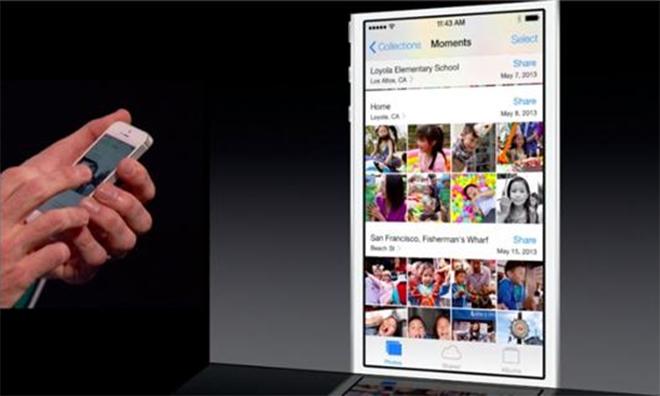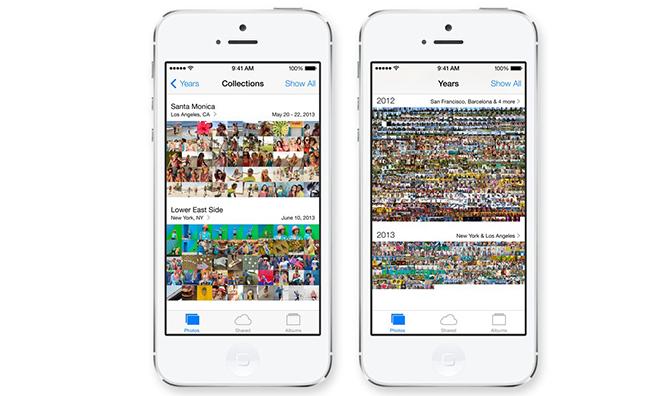The popularity of Apple's iPhone has made the Cupertino company a de facto leader in the camera segment, and Monday's WWDC keynote demonstrated that photography will remain a focus in iOS going forward.

"Your camera in iOS 7 is four cameras in one," said Craig Federighi, Apple's software engineering head, during a segment of the keynote devoted to overhauled Camera and Photo apps. Federighi went on to demonstrate a number of new tweaks and features Apple has added to iOS' picture capture and storage functions that boost the system well beyond what is currently capable on Apple devices.
With iOS 7, iPhone 5 owners — as well as the owners of the iPhone 5's successor — will gain the ability to edit photos with filters built directly into the Camera app. Within the camera app, the new feature will give users access to nine image types before they take the picture, much like the functionality that has made third-party apps like Instagram so popular. Owners of the iPhone 4 or 4S will have the ability to apply filters after the fact within the Photos app.
Users will also have the option to swipe between camera modes, eliminating one layer of complexity in iOS' interface. The OS update will add the ability to swipe between video, panorama shots, standard still shots, and squared-off shots, with an indicator near the bottom of the screen providing assistance in navigating between options.

In addition to the new Camera features, Apple has significantly reworked its Photo storage app. Whereas previous editions saw largely cosmetic changes — such as the ability to pinch and zoom into "stacks" of photos — the forthcoming makeover appears to have been designed with an eye toward increasing utility.
The new Photos app leverages metadata tagging technology already built into the iPhone in order to easily organize photos. Pictures are now automatically grouped according to date and location, making it easier to navigate to a specific photo set and subsequently find a desired photo.
Pinching a set closed will expand to view a wider time frame, with photos categorized in miniature by the year in which they were taken. This year view still retains location information, showing two or three locations and indicating when more places were included in a given year.
Notably, Apple included an option to "scrub" to a particular picture or time frame when in the year view by touching and dragging along the tiny icons. When passing over a picture, it expands, giving the user a better view of which image it is.
Apple also showed off new iCloud photo sharing features, including new support for video sharing in photo streams. The service also now has an Activity view that allows users to see the latest updates from all of their shared streams in one place.
A number of Apple's new photo features have precedents in devices made by rival manufacturers, but the Cupertino company's moves to further improve its camera functions demonstrates the seriousness with which it approaches that portion of the smartphone experience. The iPhone is the most popular picture-taking device in the world, and Apple does not hesitate to point this out.